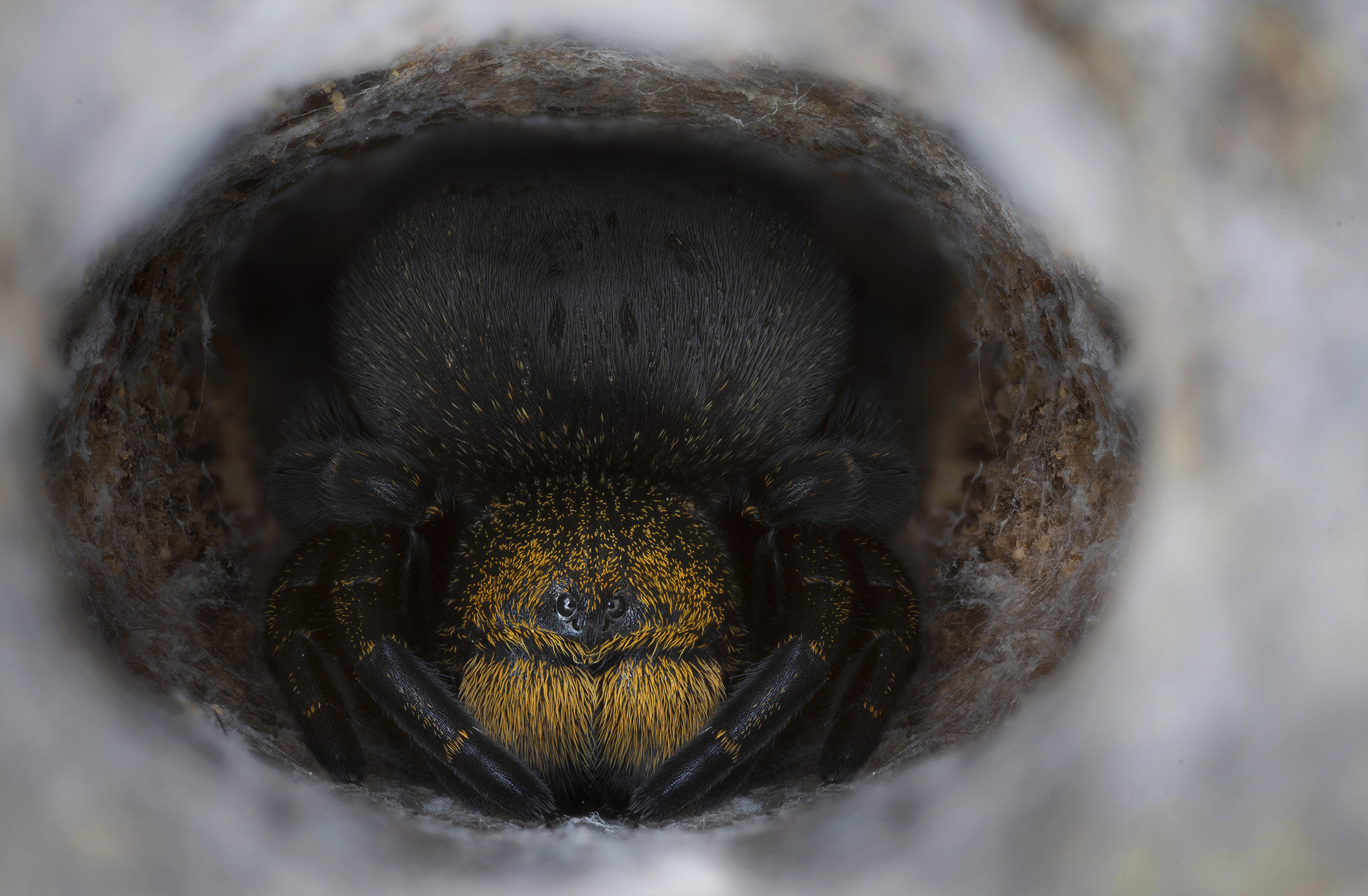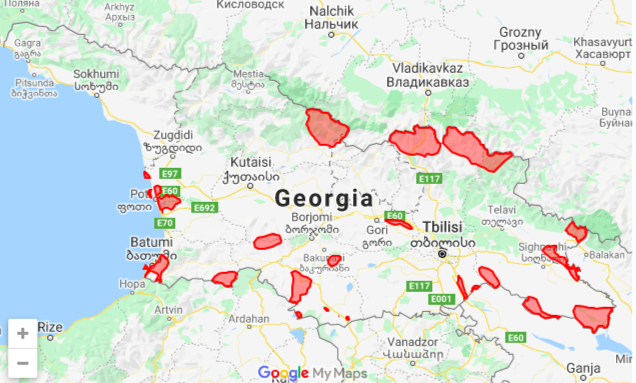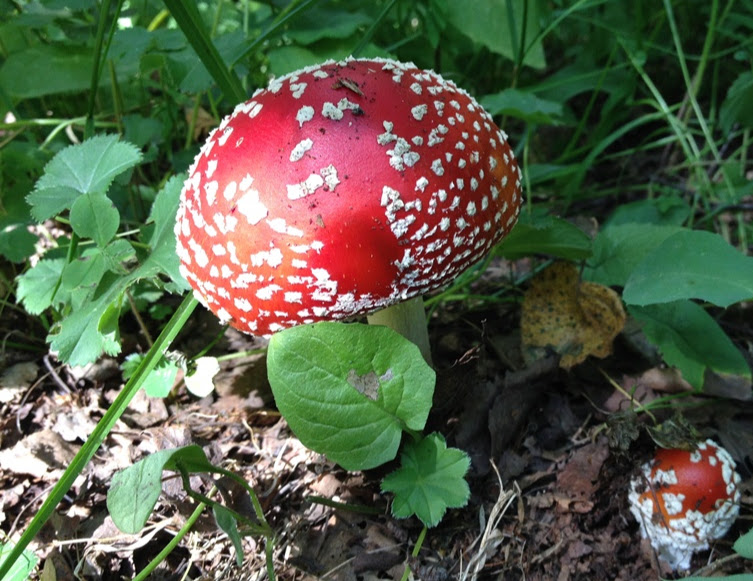Browse by taxonomy
Simple search by name
Caucasus Natural History



Fig. 1a Fig.1b Fig.1c
10-11 MYBP Asia Minor has separated from Balkans and conjoined with the Asian "Mainland" (Fig. 2). This episode may be qualifies as a starting point of the formation of indigenous Caucasian/Asia Minor fauna and flora. Molecular genetic data suggest that the ancestors of some amphibian species from this region (Caucasian salamander, Mertensiella caucasica; Banded newt, Triturus vittatus; Caucasian mud-diver, Pelodytes caucasicus were isolated genetically (and probably geographically) from their closest relatives in Europe for 10-15 millions of years.



3-6 MYBP humidity on the Earth sharply declined. This caused disappearance of forest landscapes throughout large parts of the northern Eurasia. The Caucasus region conjoined first with Asia Minor and, later, with the Eastern European plain. For some time, the Asia Minor also conjoined with Balkans (Fig. 3 a-b). However, because forests in the western Eurasia remained severely fragmented, isolated deciduous forest massifs of the western Caucasus became even more isolated from the distant mountain forest regions in Europe and Central Asia.
Many animals and plants, supposedly, stay isolated from this time. For instance, Caucasian species of Rhododendrons, Rhododendron ungerni, Rhododendron smirnowi, and R. caucasicus are isolated from their relatives from the distant parts of Eurasia since middle Pliocene. There are many endemic species in the Caucasus assumed as "Pliocene Relicts", i.e. the species isolated fro their closest relatives since ca 3-6 millions of years. Those include wingnuts from the Western Caucasus, which have the closest relatives in the eastern Asia; brown frogs from the Caucasus and Asia Minor (Rana macrocnemis group); perhaps these include also endemic species of snow voles, birch mice, long clawed mole vole, rock lizards and other species found nowhere but in the Caucasus. All these species have in common that they depend on the humid forest or upland landscapes. They are isolated by mostly grassland landscapes surrounding the Caucasus rather that by seas or straits.
The matter is that the mountains of the Great and the Lesser Caucasus form a specific "cattle" at the eastern coast of the Black Sea (historical Colchis) where humidity is maintained very high compared with the surrounding regions of southern Russia and the Near East. This region is covered by humid mountain forests, similar to "temperate rainforests" of the western coast of Canada (Fig. 4).
Therefore, the endemic fauna and flora of the Caucasus has been formed in the humid forest and upland landscapes of the region in several "waves". The first happened over 10 millions of years ago, following the separation of Transmediterranean land; the second followed early Pliocene decrease of humidity 6-5 MYBP; and the third followed after beginning of the Ice Age (ca. 2 MYBP). For instance, separation between the ancestors of the Caucasian and European black grouses comes from this time.
The aim of the Biodiversity Database is to provide a visitor maximally full idea on the species of animals and plants one can find in Georgia, which of these are endemic and which have a large Eurasian range, how they look like and where they live within the country and much of other information. Since over 15,000 living species are recorded for the country, this task is ambitious and long-term and will cover years, and it largely depends on the financial opportunities (for the moment, we are supported by the grant of the Georgian Ministry of Education and Science). Therefore, we beg your pardon since many pages of this DataBase are for the moment empty and will be slowly filled in the course of time.
Last uploaded image
Eresus lavrosiae
Taxon: Eresus lavrosiaeAuthor: Armen Seropian
Comment: Tetrobi Managed Reserve, female, home-reared 27 March 2023
Uploaded by: Armen_Seropian

Download full size image 2400 X 1572

